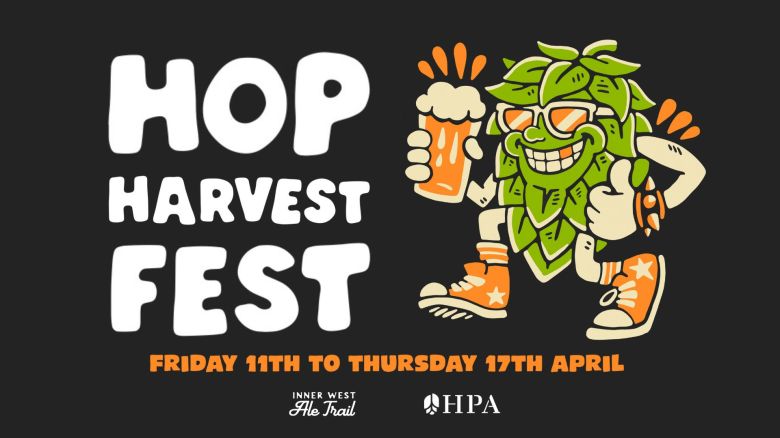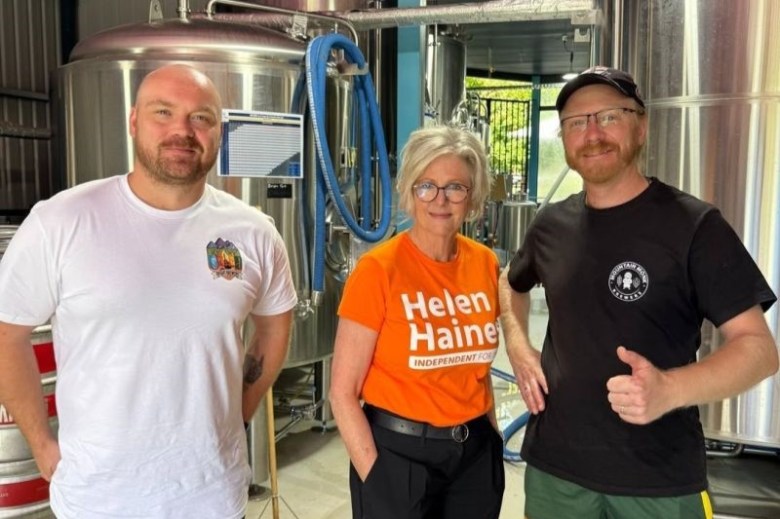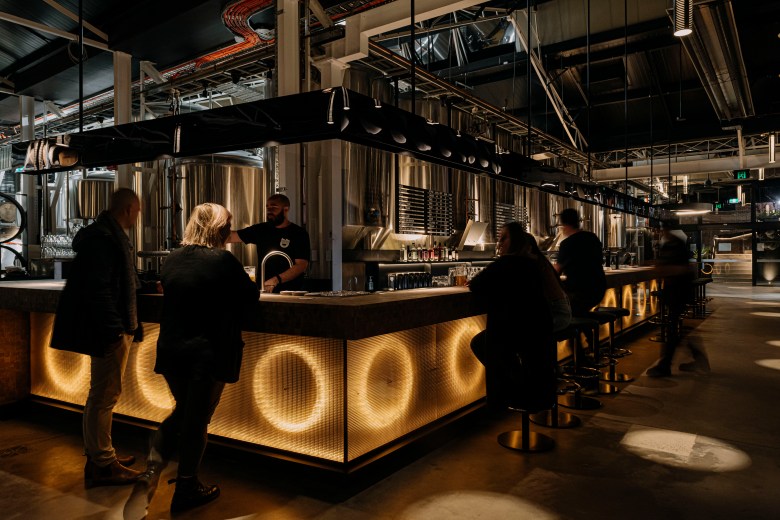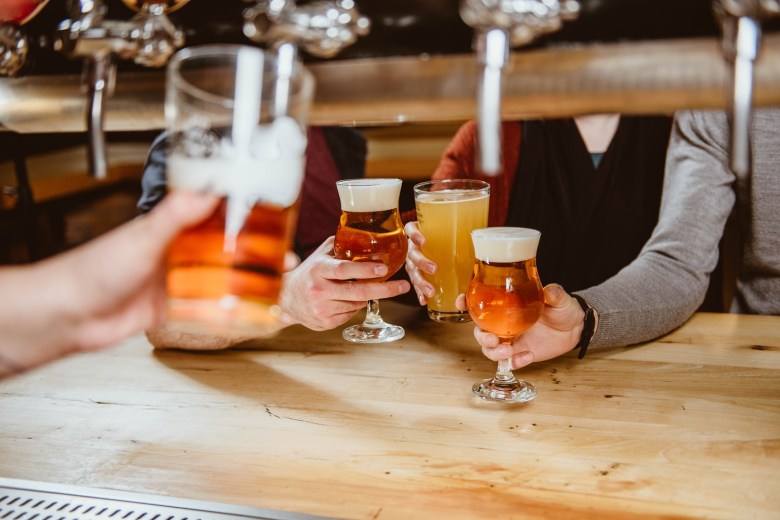time
 Inspired by travels during his twenties, Brett Philips shares how he found his love for beer in Europe and how that inspires his work today.
Inspired by travels during his twenties, Brett Philips shares how he found his love for beer in Europe and how that inspires his work today.  The two renowned inner-Sydney breweries are combining their production facilities and distribution channels in a strategic venture.
The two renowned inner-Sydney breweries are combining their production facilities and distribution channels in a strategic venture. An Englishman’s dream pub sparked Indy’s craft beer scene, leading to generations of brewers chasing flavor, community, and good vibes.
The post From Broad Ripple to Beer Boom: The Story of Indy’s Brewing Legacy appeared first on CraftBeer.com.
Spiced beers aren’t just waiting for an occasion anymore—they’re now year-round, tapping an ever-changing cupboard of craft brewing.
The post It’s Always Spiced Beer Season appeared first on CraftBeer.com.
 The Hop Harvest Fest is returning to the Inner West Ale Trail from 11-17 April with 11 breweries releasing exclusive new beers to their tap rooms.
The Hop Harvest Fest is returning to the Inner West Ale Trail from 11-17 April with 11 breweries releasing exclusive new beers to their tap rooms.  IBA Chair Evin Craney met with Federal MP Dr Helen Haines to discuss the long-term viability of the industry and encourage others to have their voices heard.
IBA Chair Evin Craney met with Federal MP Dr Helen Haines to discuss the long-term viability of the industry and encourage others to have their voices heard. A brewery can write an airtight recipe, source top-shelf raw materials, and brew a flawless beer, but all those efforts are for naught if a draught system is dirty.
The post Drafting a Solution: Inside the Dirty World of Cleaning Tap Lines appeared first on CraftBeer.com.
 Stavros ‘Stav’ Yiannoukas is National Sales Director at Hawke’s Brewing but his journey to the business was far from traditional.
Stavros ‘Stav’ Yiannoukas is National Sales Director at Hawke’s Brewing but his journey to the business was far from traditional.  It's unclear if the glass is half-empty or half-full after this week's Budget included no just support for independent breweries, but the Independent Brewers Association is hopeful there is a glimmer of hope.
It's unclear if the glass is half-empty or half-full after this week's Budget included no just support for independent breweries, but the Independent Brewers Association is hopeful there is a glimmer of hope.  Deeds Brewing to close its east Melbourne taproom and kitchen for the final time this Saturday, 22 March.
Deeds Brewing to close its east Melbourne taproom and kitchen for the final time this Saturday, 22 March. American breweries are embracing Czech pouring traditions to elevate foam quality, flavor, and the overall craft beer experience.
The post Czech Your Taps: Breweries Level Up with Perfect Pours appeared first on CraftBeer.com.
 CEO of The Independent Brewers Association, Kylie Lethbridge, says while more can always be done, we can celebrate the progress that's been made to make the indsutry more inclusive.
CEO of The Independent Brewers Association, Kylie Lethbridge, says while more can always be done, we can celebrate the progress that's been made to make the indsutry more inclusive. Brewers are looking at how AI can improve efficiency and the overall brewing experience. But it's not yet poised to replace humans.
The post How AI Is Changing Beer appeared first on CraftBeer.com.
The main harvest window for citrus fruits runs from November to March, so why isn’t that period citrus beer season?
The post Citrus Sunshine in the Cold Winter appeared first on CraftBeer.com.
As we’re looking ahead to everything that 2025 will bring, we’d also like to take a moment to look back at some of the stories and people who defined craft beer in 2024.
The post Cheers to Beer in 2025 appeared first on CraftBeer.com.
 With just five years under its belt, Mountain Culture secured a historic three-peat in the GABS Hottest 100 poll.
With just five years under its belt, Mountain Culture secured a historic three-peat in the GABS Hottest 100 poll.  Close to 55,000 consumers voted in the latest GABS Hottest 100 poll, and Mountain Culture’s Status Quo Pale Ale came out on top again.
Close to 55,000 consumers voted in the latest GABS Hottest 100 poll, and Mountain Culture’s Status Quo Pale Ale came out on top again. While women are currently a minority in the homebrewing community, they are increasingly taking on leadership roles and becoming the most outspoken proponents of the hobby.
The post Can Women Save Homebrewing? appeared first on CraftBeer.com.
 With many breweries facing a slow January, the Brewers Association in the United States is encouraging people to support their local breweries.
With many breweries facing a slow January, the Brewers Association in the United States is encouraging people to support their local breweries.  Tooheys and Dune Rats have partnered in latest campaign to endorse live music across a number of Sydney venues.
Tooheys and Dune Rats have partnered in latest campaign to endorse live music across a number of Sydney venues. - 1
- 2
- 3
- …
- 10
- Next Page »